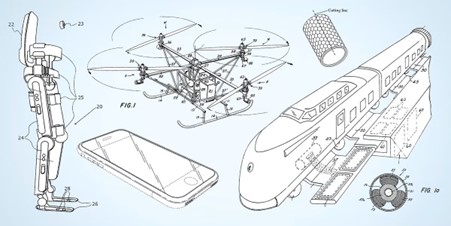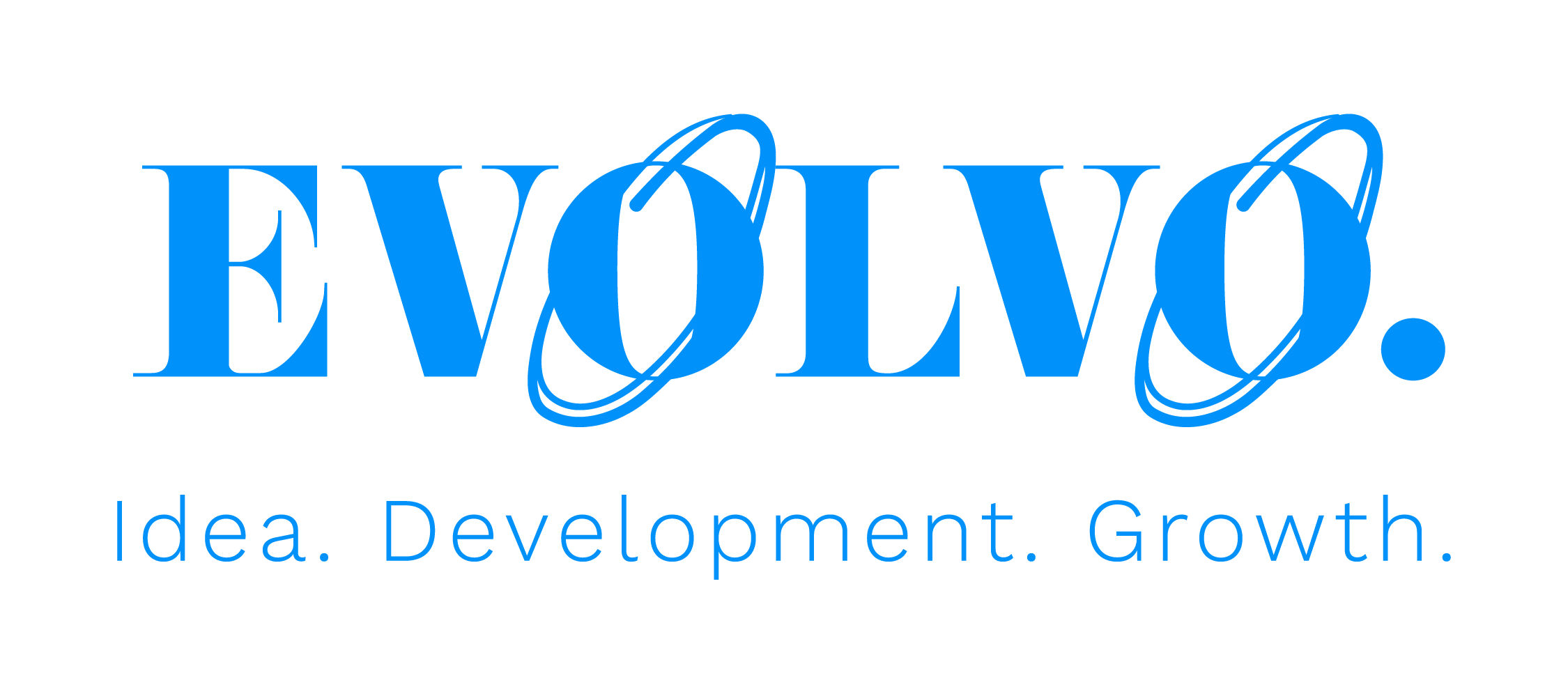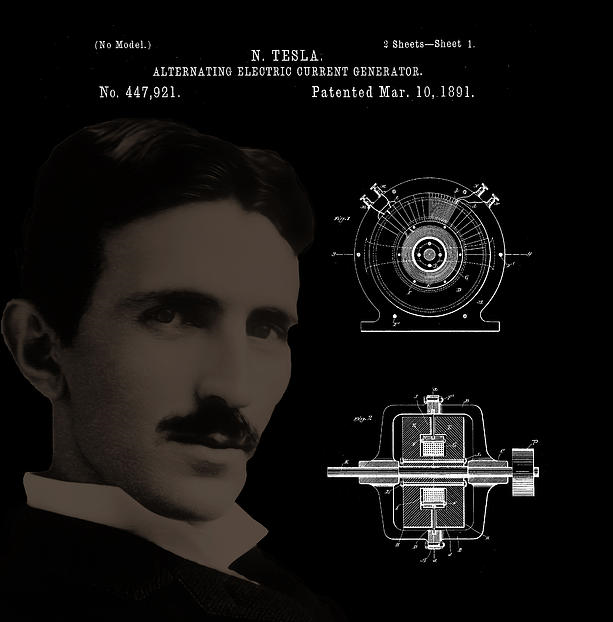Imagine spending years pouring your heart and soul into perfecting a ground-breaking new product. You know it has the potential to change the world. But what’s to stop your competitors from swooping in and stealing all your hard work? The answer lies in a powerful, yet often overlooked tool: the patent.

Picture 1. Innovations protected by patent in today’s world, by Michael Stillwell, USPTO
In this article, we’ll explore 3 critical things every innovator should know about harnessing the true power of patents.
But first, let’s get over the basics.
What (in the world) is a patent?
A patent is a legal right granted to an inventor, giving them exclusive control over their invention or innovation for a set period (typically up to 20 years from the filing date). This right allows the patent holder to exclude others from making, using, selling, or distributing the invention without permission.
Most importantly, the patent protects the technical aspects of the invention, not its visual appearance. So, your idea to patent your very clever idea from drinking beer with your friends went down the drain 😀 you can’t patent an idea, it has to be a technical solution to an unsolved problem.
To get a patent for your technical invention, the inventor must disclose details about its invention that enables experts to use it. In return, the inventor can charge others for using it for a maximum of 20 years).
What conditions must be met for something to be patentable?
- Novelty: The invention must be new compared to the existing state of the art (available technologies).
- Inventive step: The invention must involve an inventive step, meaning it is not obvious to someone skilled in the relevant technical field. Examples are touchscreen smartphones vs. old phones with physical buttons for input, or Dyson vacuum cleaners that eliminated the need for a trash bag while keeping suction power.
- Industrial applicability: The invention must be practically applicable on an industrial scale, like 3D printing applied in the automotive industry.
What you CANNOT protect by a patent?
- Discoveries, scientific theories, formulas, mathematical models
- Software programs (in Europe)
- New natural elements or processes
- Aesthetic creations like pictures and sculptures
- Offensive or unethical inventions
- New ways of playing games (no technical invention).
All right, now when this is out of the way, we can start moving to 3 things you should know about patents.
- A patent is a territorial right, valid only in countries where you’ve applied for protection. The more countries you select, the higher the fees you will have to pay. So, in order to optimize patent protection costs, strategically select countries with your direct competitors. Even Apple doesn’t protect its patents in all countries of the world.
- Public disclosure before protection can kill your patent – sharing your invention publicly (like: social media, pitch decks, crowdfunding sites) before filing for protection can destroy your chances of getting a patent. Some countries allow a short grace period, but many don’t. So, protect before you promote.
- Patent is a Shield and a Sword – However, owning a patent doesn’t automatically protect you — you have to enforce it. The owner of the patent is in charge of checking if somebody is infringing it (using the technical invention without the consent of the owner). That means monitoring for infringement, reacting on detection and sometimes going to court. It’s a legal tool, not a magical force field. Also, patent can be a tool to smack somebody on their fingers for using something that is not theirs.
So, if you have decided to patent your technical invention, how do you do it?
Breaking news, you will need support from the expert!
Drafting a patent application is not an easy task and an expert is needed to do it right and strategically wise. Some things, you might do yourself. Let’s go over a few steps so you can be more effective in the process.
How to protect your patent
In order to have a clearer picture and patent logic before talking to an expert, do this:
- Document your process of creating the invention (what problem you started with, sketches, prototypes, key development dates)
- Search available information online (articles, news, Google patents, free Espacenet database) to find other potential solutions on the market that could interfere with the criteria for the new solution
- Write a one- pager to document the problem, a detailed description of the solution, sketches and drawings of the prototype
- The search results can save you a lot of money and time, supporting the decision not to invest more in that invention, or by encouraging you to potentially adapt your solution to a technological sector that is free of patents or adjust the application of your invention itself.
If you decide to proceed with a patent application, you will need the services of an expert in the field, a patent attorney. Here are the tasks in front of you:
- Detailed patent search on Espacenet – expert search and advice based on the search results (is the targeted technological area free, somewhat covered by patents or full of patents from multiple competitors),
- Strong patent claims, drawings and description need to be drafted (an expert will guide you through the process),
- The patent application is examined and checked by examiners (novelty, inventive step, industrial application),
- If everything is in order, your patent is granted and you start paying fees every year so that your patent remains valid in every country where it is registered.
Where to protect you patent
As with all territorial Intellectual Property Rights, there are multiple ways to get your patent protected. You can go through a national IP office, regional IP office (for example, within Europe you can go with European Patent Office – EPO), or World intellectual Property organization (WIPO). The more countries you select for protection, the more fees you will need to pay. I will explain 3 usual routes to getting yourself a patent in Europe.
1. National Route (SIPO – State Intellectual Property Office)
You can file your patent application directly with an individual country’s national IP office which has its own form and fees to be paid.
- This option is the best if you only want protection in one or two specific countries
- It’s common for local startups, inventors or when the aimed market is specific country
- If you want broader protection later, you’ll need to file again elsewhere in limited time from initial application, since your initial patent in your first patent country will kill the condition of novelty in a new patent application in another country.
2. Regional Route (EPO – European Patent Office)
There are many regional options that cover more than 1 country, but I will present a European route. In this route, there are 2 suboptions.
- You can file one application with EPO that handles initial application for 39 European countries
- One application, one examination, and one initial set of fees
- However, after the patent is granted, you have to validate it in each country, possibly including translations and additional local fees, and yearly renewal fees for each country separately
- This route becomes a bundle of patents granted in different countries
- Useful if you’re targeting several markets in a specific region
- European Unitary Patent
- This option is initially the same like a), with one application, one set of fees to apply for a patent
- However, if granted, this route will result in one patent valid in 18 EU countries (one fee to renew, one body to communicate with etc.)
- Unitary patent covers 18 countries in Europe that have agreed to join the Unitary system (they couldn’t agree on all topics and that’s why only 18 countries are covered).
3. International Route (World Intellectual Property Office – WIPO) via the Patent Cooperation Treaty – PCT
This route lets you file a single “international” patent application through WIPO under the PCT, which is recognized by 150+ countries. PCT is the process, not the final destination 🙂
- You don’t have to pick countries right away — you get up to 30 months from the filing date to enter national or regional phases
- Ideal if you’re unsure where to protect your invention but want to keep global options open or if you want to buy some extra time before major patent costs occur
- The PCT doesn’t grant patents itself — it only delays and simplifies the multi-country filing process.
- After initial application, national processes in each country selected are started and need to be taken into account (translations, legal experts, fees etc.)
Case study
Now, let’s try and see how a real company on the market used patents to protect their inventions and secure market position.
iRobot is the company behind the famous Roomba robotic vacuum (lots of households have them vacuuming their homes daily), used patents strategically to protect its innovative technologies and maintain its market leadership. Roomba was launched in 2002, and became the first successful robotic vacuum that could clean autonomously. To protect their innovation, iRobot filed patents on key features like its navigation system (ability to navigate around a room without human intervention, detecting obstacles and adjusting path), cleaning mechanisms (suction mechanism that combined multiple brushes and airflow to lift dirt from floors), battery management (ability to operate for extended periods on rechargeable batteries and then automatically return to its charging dock).
Picture 2. iRobot Roomba vacuum cleaner
As competitors like Neato Robotics, Ecovacs and Koolatron emerged, iRobot used these patents to defend its position. In 2011, iRobot filed a lawsuit against Neato for patent infringement over the navigation system. The case was settled, with Neato agreeing to pay licensing fees for iRobot’s technology. Neato is out of business today. Talking about being pushy 🙂 Nevertheless, this approach kept iRobot at the top of the growing robotic vacuum market.
By using their patents as a shield and sword, iRobot established itself as the main brand for robotic vacuums. It also created a concrete and tangible barrier for its competitor’s entry, directly forcing them to either innovate around iRobot’s patents or negotiate licensing deals with them (which is again making them work with lower profit margin). Their patent strategy and its enforcement, not only protected its market share but also generated additional revenue through licensing.
————————————-
Also, if you are eager to learn more about Intellectual Property Rights for entrepreneurs and startups, try my Udemy course for only 12,99$:
CODE for special price discount: LEARNIPR2025 (valid until May 11th, 2025)

